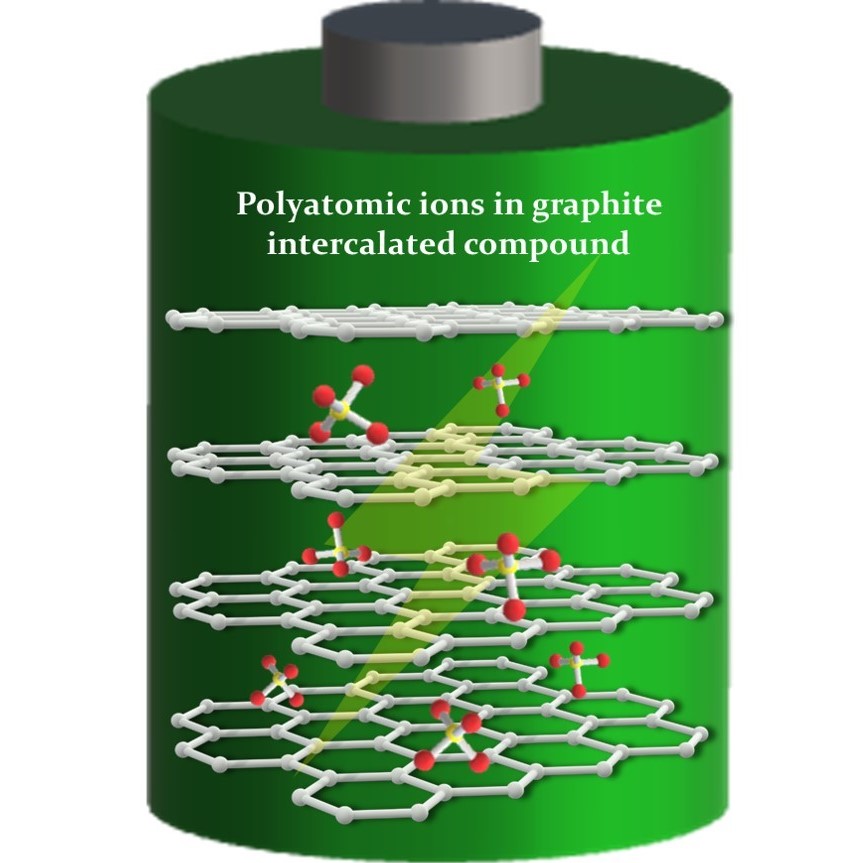Challenges and Prospects of Polyatomic Ions Intercalation in the Graphite Layer for Energy Storage Applications
Shivaraj B. Patil, Hsiang-Ju Liao and Di-Yan Wang*
https://doi.org/10.1039/D0CP04098C
Population explosion has led to the rapid revolution of science and technology. High energy demand has urged for new and efficient energy conversion and storage systems. Lithium ion batteries (LIBs) have high potential window, high capacity and high stability but it suffers from high cost and low safety. Therefore, many alternative batteries including sodium (NIBs), potassium (KIBs), aluminum (AIBs) and dual ion batteries (DIBs) have been introduced. One of working principle of these batteries is based on cation or anion intercalation in the graphite layers, which are known as formation of graphite intercalation compounds (GICs). Recently, the studies based on reaction mechanism to improve the performance of the batteries have been elucidated. In this review, a view on reaction mechanism of polyatomic ions intercalated into GICs, structure of intercalated polyatomic ions, structure of accommodated GICs and staging are provided. The current limitations and our prospects on polyatomic ions intercalated batteries are also discussed.
